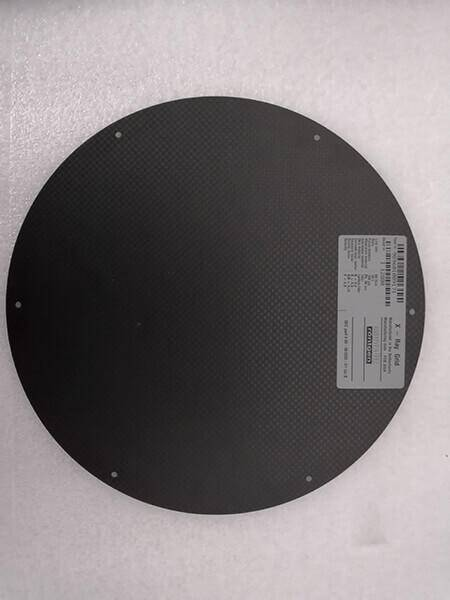The use of X-ray grids with digital radiography systems can have both positive and negative impacts on image acquisition and processing.
Positive impacts:
Reduced scatter radiation: X-ray grids are designed to absorb scatter radiation, which can improve image contrast by reducing the haze or blur caused by scatter. This results in clearer and more accurate images.
Enhanced image quality: By reducing scatter, X-ray grids improve image sharpness and detail. They help to capture more precise anatomical structures, making it easier for radiologists to interpret the images.
Negative impacts:
Increased patient dose: X-ray grids can absorb some of the primary X-ray photons along with scatter radiation, resulting in a higher patient dose. However, the actual increase in dose is typically minimal and can be managed by optimizing the use of grids and adjusting exposure factors.
Grid artifacts: When using X-ray grids with digital radiography systems, there is a possibility of grid artifacts appearing on the images. These artifacts can include grid lines or Moiré patterns that may compromise image quality. Proper grid alignment and selection, along with careful image processing techniques, can help minimize these artifacts.
Overall, the use of X-ray grids with digital radiography systems can significantly improve image quality by reducing scatter radiation and improving contrast. However, it is important to carefully consider the appropriate grid selection and positioning to minimize any potential negative impacts on the image acquisition and processing. Whatsapp:+86 18953679166. Email: service@newheek.com

Author:X Ray Grids Maker
Tel: +86 18953679166
Email: service@newheek.com
Company: Weifang Newheek Electronic Tech Co., Ltd.
Address: E Building of Future Star Scientific Innovation Industrial Zone of No.957 Wolong East Street, Yulong Community, Xincheng Sub-District Office, Weifang Hi-tech Zone, Shandong Province, China